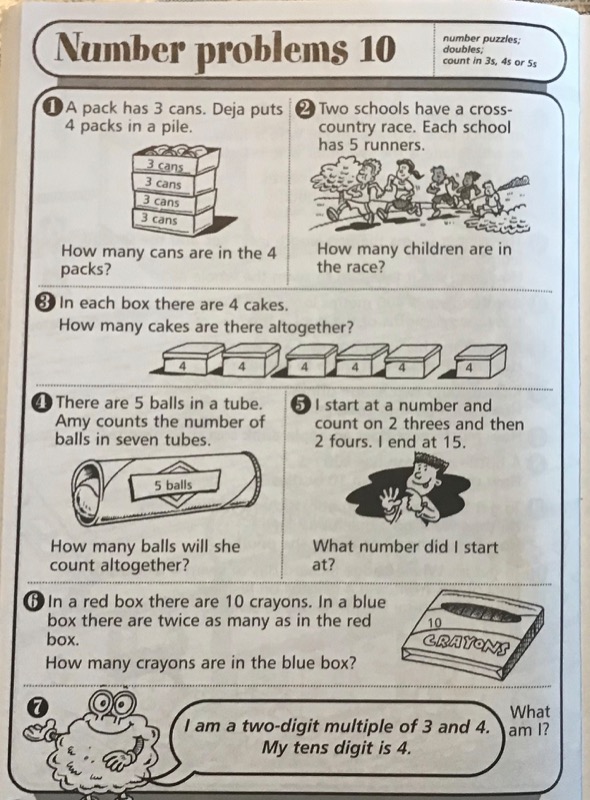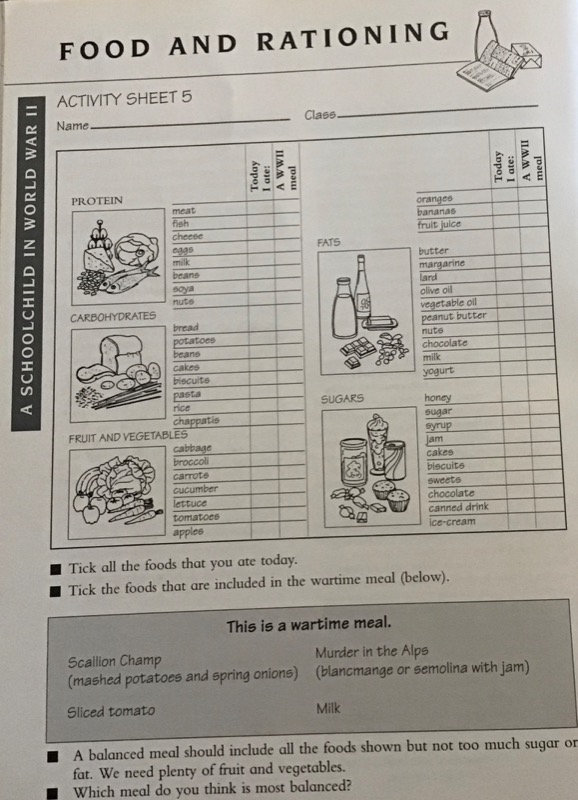Primary 4O tasks 1st February 2021
Hello boys and girls
These are the tasks for today. These tasks are also on Teams. Please upload your completed work so I can view it and give you feedback.
Literacy
This week is National Storytelling Week. It is a celebration of storytelling either through spoken word, books or digital means. Storytelling is older than writing. Every culture has its stories. Stories were often used as a means of entertainment for both adults and children. They were used as a way of explaining things and why they happened. They were used as a way of telling people how and when to do things such as planting crops. They were used as a means of warning people about dangers. They were used as a means of telling people about their beliefs which in time were written down in books such as the Bible or Koran. The uses of storytelling were and still are endless. Today we use books or digital means to transmit stories, but sometimes they are still told in the old way, spoken. When I was a boy, every year I went to stay with my grandmother for the summer holidays. She lived way out in the country in County Cork in Ireland. She had no television so at night she would often tell me stories about things that had happened many years ago. Some of them were funny and some of them were scary and often made me jump! I loved these stories and listening to them. I often wish I had wrote them down as many of them I have forgotten.
So throughout this week we will be listening to or reading stories as part of our literacy work. Today we are going to do a comprehension called, In the Woods, which I have attached below. Read over the story a couple of times and then answer the questions in your literacy books. Remember to date and title your work. The answers to your questions will be either true or false. There is no need to write out full sentence answers or the questions. Remember to read the question carefully and think about what it is asking. Remember to spell true and false correctly and to have neat handwriting and presentation.
I would like you to learn and practice your spellings which were uploaded along with your assignments for today.
I would now like you to choose a book. It may be your favourite book from home or one from the books you were given for guided reading that you enjoyed. I would like you to spend 10 minutes or longer if you wish, reading this book. I would then like you to take a picture of your book cover and showing you reading so that we can upload it to the school website.
Remember to upload your finished literacy task so I can view it and give you feedback. Enjoy your books. 📚
Numeracy
This week we are continuing to look at the multiplication tables. We will be using the tables to solve some word problems.
But first we will warm-up. For today’s warm up we are going to count up and backwards in twos, fives and tens from 1 to 100 and 100 to 1. I would like you to now count up in threes from 1 to 30 and back down to 1. Now count up in fours from 1 to 40 and then back down to 1. Now count up in sixes from 1 to 60 and then back down again. Why not add a few star jumps into your counting. How did you get on? Give yourself a mark out of 10.
We are now going to use our multiplication knowledge to solve some problems. We are now going to remind ourselves, what is multiplication? I would like you to watch again the Marko the Pencil video we have looked at previously. You can find it on YouTube by typing in: www.youtube.com/watch?v=dPksJHBZs4Q. This will help us to understand what multiplication is all about and how it works, and how we can apply it to word problems. I have attached the task below. Complete the task in your numeracy book. Read the questions carefully, number your questions and write out the sum. For example: In one packet of sweets there are 10 sweets. How many sweets are there in 4 packets? The sum would read, 4 x 10 = 40.
Remember to upload your finished literacy task so I can view it and give you feedback.
World Around Us
Today, we are going to look at rationing during World War II. Rationing was when certain items, such as food, clothing, petrol and even sweets were only allowed to be bought in small amounts at certain times or even not at all. Each week people were only allowed small portions of some foods called rations. Plans for rationing food were first made in 1937. Rationing meant everybody got the same foods except for pregnant women and children who were allowed extra rations. Ration books were issued as a record of what had been bought. Meat, milk, eggs, cheese, butter and margarine were rationed but not vegetables and fish. Rationing was introduced in January 1940 with butter, sugar and bacon being rationed first. Goods like clothes, petrol and coal were also rationed. Rations were allocated depending on the foods that were in short supply. Dried eggs and milk were used to supplement the rationed fresh produce. Remember Dennis talking about dried eggs in Spywatch. People registered with their nearest shop to ensure that supplies of food for their family would be made available. Food like oranges were rare and shops would run out of them quickly. Luxury items such as Jacobs cream crackers were only available locally in the areas near the factories where they were made as to transport them further afield was not allowed. A black market flourished trading stolen goods. The poor people sold their non-food coupons to buy extra food. It was usual to wait in long queues to buy food rations. Later on people were able to save and buy some food by collecting special ‘points’. Rationing continued even after the war had ended.
I would now like you to watch the following video on rationing. It is on YouTube: https://www.youtube.com/watch?v=o9wNJ78S2GY (Rationing in Britain).
Using your information sheet attached below, make a list of what you ate today and compare it to the wartime meal. What things do you think would have been unavailable in your food during World War Two and during rationing.
Diary
Complete today’s diary entry. Think about what you did today, what you enjoyed, what you did not enjoy, how are you felt and something new that you’ve learnt today. Remember to date your entry and upload it.
Braidside Integrated Primary & Nursery School , 89 Frys Road Ballymena, County Antrim BT43 7EN | Telephone: 028 2564 7899




